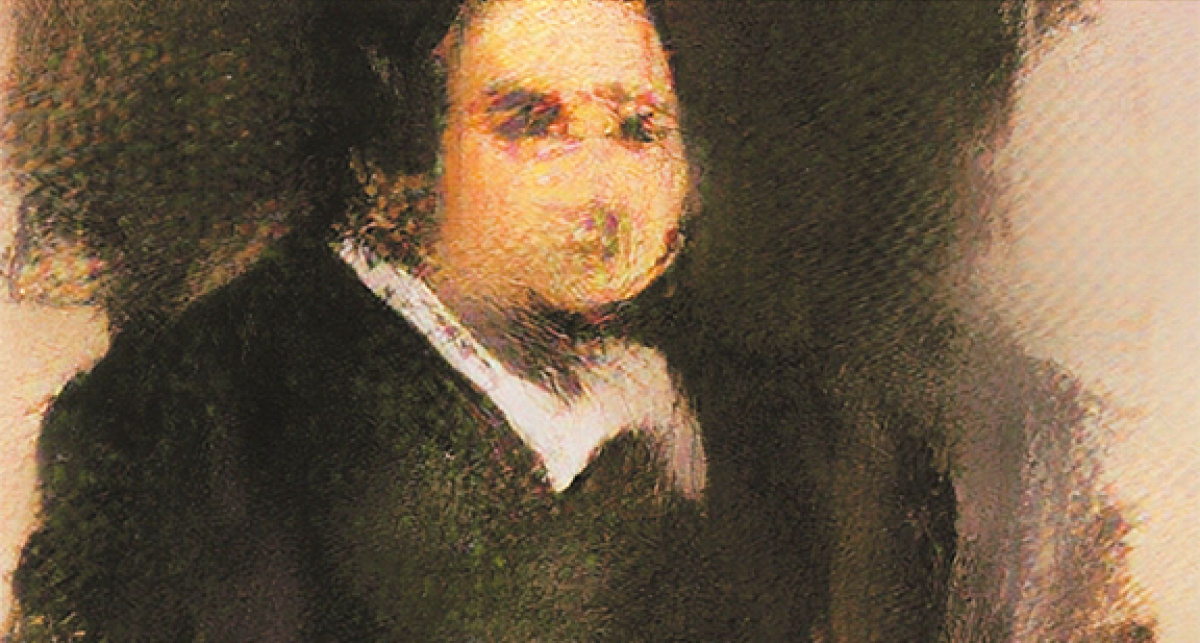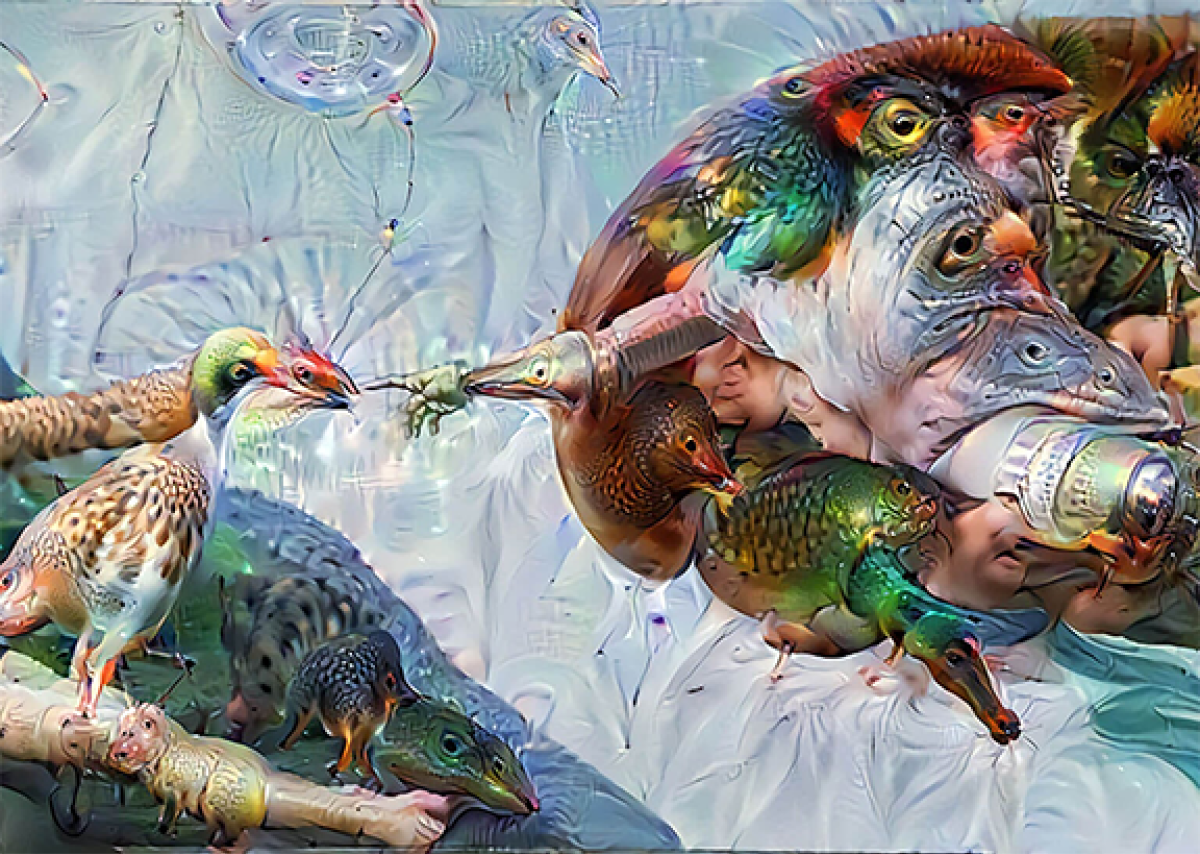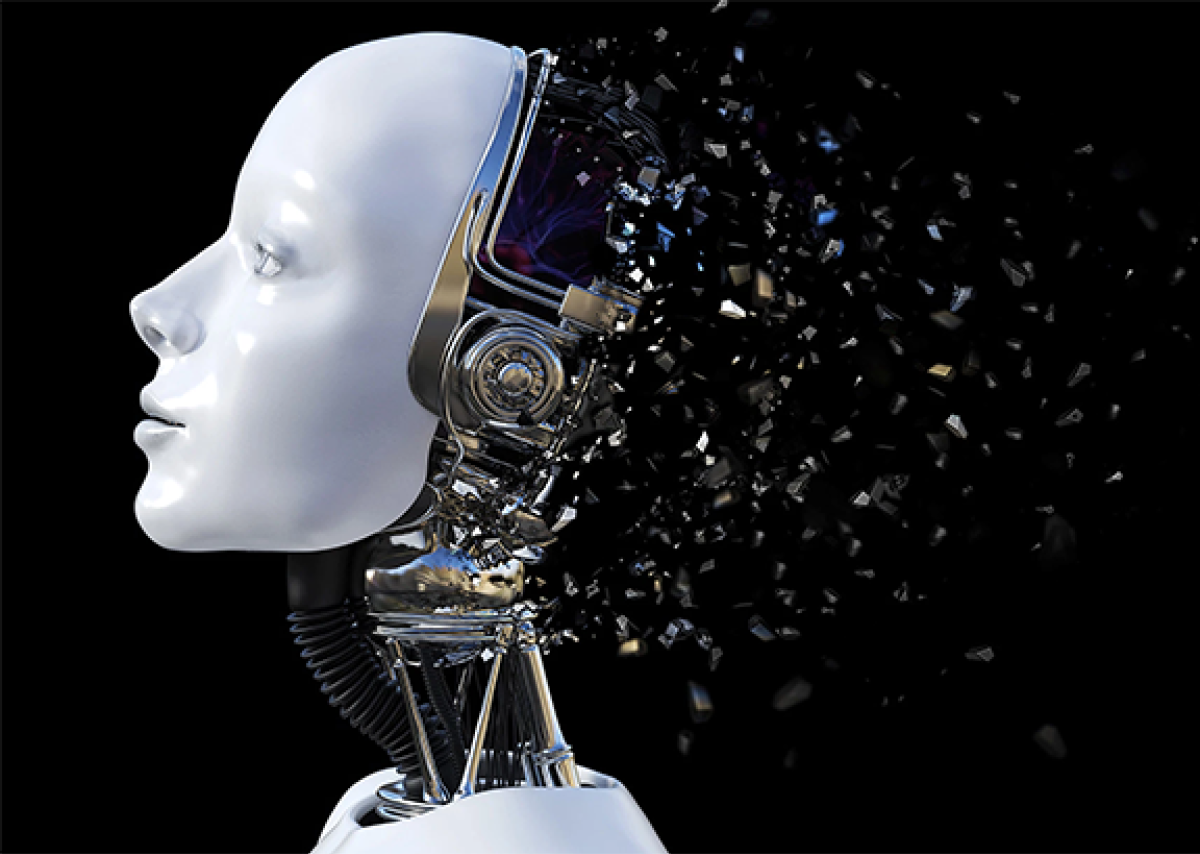Does Artificial Intelligence have a role to play in creative?

The Threat
One of the most talked about threats to marketing life as we know it is artificial intelligence.
For the last decade we’ve been seeing it slowly creep into systems and embed itself into programmes to help save time and short-cut thinking.
But does it really have a role to play in creative?
AI Uses
Some of the most hyped AI creative stories of late have been where the technology itself is the star of the show. It’s a bit like the latest Lynx films that gently mock the trend in ASMR (that’s Autonomous Sensory Meridian Response to lay folk). In the films Lynx hams up the technique to great effort.
And we’re seeing the same with AI.
Burger King did some great work last year where it released creative that had been spat out by a machine, to ludicrous effect. The first ad for chicken tenders declared “Gender reveal bad. Tender reveal young. It is a boy bird with crispy chicken tenders from Burger Thing.” And, of course, this is all just Burger King gently mocking this ‘latest thing’.
There was also a ton of noise around the artwork Portrait of Edmond de Belamy that looked like an old master and sold at Christie’s recently for nearly half a million dollars. It was produced by a machine that had studied techniques and produced something powerful.

Old Hat
The only thing interesting about the examples that exist currently is the use of AI itself. These early illustrations are interesting, but it will quickly become old – a bit like virtual reality in marketing did a few years back. I can predict the desperate creative reaching for an ‘AI’ angle or twist.
And that’s because that’s all it is currently – we’re years off it creating anything meaningful and the chances are it will have developed an ego and taken over the world Terminator style before it actually gets around to have a true creative thought.
There’s no doubt that AI will affect our industry greatly in terms of routine decision-making and – importantly – supporting the mundane sides of creative, once it’s been created, ie, laying out a print ad in 27 different formats. And that’s no bad thing. But to actually create the ideas?

No Soul
It undoubtedly has a role to play to aid the process – scanning and interpreting data – but we’re always going to need the human factor to bring the magic.
My first thought when I saw the much-discussed Gillette spot was that it felt like it was created by AI. The themes were all there – but it had no soul. It’s what I’d have expected a machine to create. There was no humility and it represented cut-and-paste humanity.
In a recent study into AI and creativity by Adobe the study author says: “These are the factors that allow the creative to produce outstanding work: The capacity to give form to intuition-driven connection, combined with inspiration and creative vision is what sets human creativity apart. Not to forget a deeply ingrained willingness to disrupt and challenge the status quo." Well said.
So for now it remains a story, rather than the story, and I don’t see that changing any time soon.

If you enjoyed this article, you can subscribe for free to our weekly email alert and receive a regular curation of the best creative campaigns by creatives themselves.
Published on:


